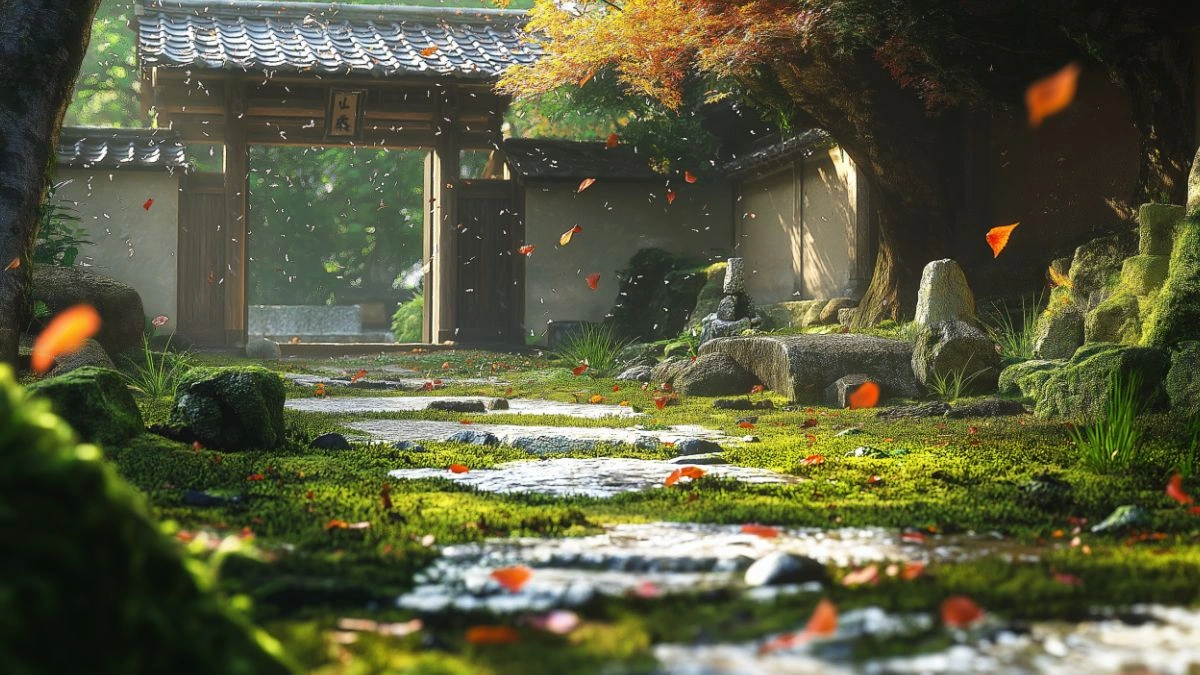Exploring Kyoto, Japan: A Cultural Journey Through Temples, Tea Houses, and Timeless Traditions
Table of Contents
Kyoto is often described as the cultural soul of Japan—and for good reason. Home to over 1,600 Buddhist temples, centuries-old tea houses, and breathtaking seasonal gardens, this city seamlessly blends the ancient and the modern in a way few places can. Once the imperial capital for more than a thousand years, Kyoto holds a revered place in Japanese history, tradition, and spirituality.
For travelers seeking more than skyscrapers and bullet trains, Kyoto offers a glimpse into Japan’s quiet elegance. Here, you can wander down lantern-lit alleyways in Gion, witness the precision of a tea ceremony, or stand beneath crimson torii gates that stretch endlessly into the mountains.
This article is your curated guide to exploring Kyoto, Japan—a journey that invites you to slow down and savor tradition. From majestic temples and moss gardens to artisan crafts and culinary delights, each section dives into a layer of Kyoto’s character. Whether you’re visiting for the first time or returning to see it through new eyes, prepare to be immersed in the timeless beauty of this iconic city.
The Temples of Kyoto: A Sacred Landscape of Serenity
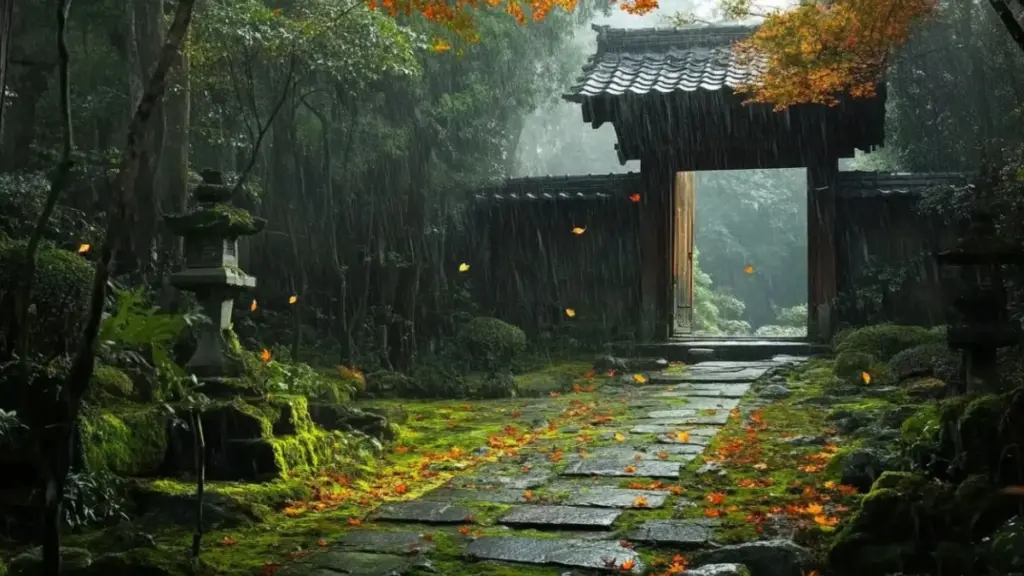
Kyoto is synonymous with temples. Scattered across the city like precious stones, each temple tells its own story of devotion, artistry, and cultural significance. While Kinkaku-ji, the Golden Pavilion, draws crowds for its gilded elegance, lesser-known temples like Honen-in offer a more introspective experience.
These sacred spaces often feature moss-covered gardens, ancient trees, and hand-carved statues, creating an atmosphere of peace and quiet contemplation. Many temples host seasonal events—from cherry blossom festivals to lantern illuminations—that provide deeper insight into Japanese customs and aesthetics.
Planning your temple visits with variety in mind is key. Mix popular landmarks with quieter corners to experience the full spectrum of Kyoto’s spiritual beauty.
Must-Visit Temples in Kyoto
| Temple Name | Notable Feature |
|---|---|
| Kinkaku-ji | Golden Pavilion reflecting in pond |
| Ginkaku-ji | Silver Pavilion with raked sand garden |
| Ryoan-ji | Iconic zen rock garden |
| Sanjusangen-do | 1,001 life-size Kannon statues |
| Honen-in | Moss-covered gate, tranquil setting |
Gion District: Where Geisha Culture Meets Historic Charm
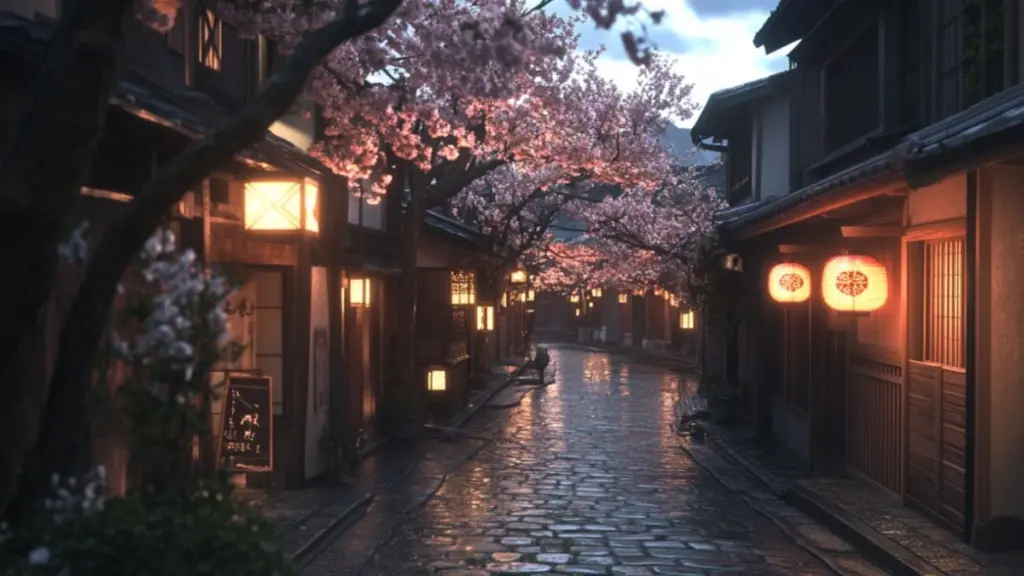
Walking through Kyoto’s Gion district feels like stepping into a painting. Traditional wooden machiya houses line narrow alleys, and paper lanterns flicker at twilight. This neighborhood is the epicenter of Kyoto’s geisha culture—home to teahouses where highly trained geiko and maiko (apprentices) entertain through refined conversation, dance, and music.
Though formal geisha experiences are typically arranged through local connections, you can still appreciate Gion’s elegance through its architecture, specialty shops, and occasional glimpses of maiko on their way to evening appointments. Hanami-koji Street, in particular, retains its historic charm and is a favorite among photographers and cultural enthusiasts alike.
Gion also borders Yasaka Shrine and Maruyama Park, making it a seamless stop when exploring Kyoto’s eastern highlights.
Key Highlights in Gion
| Location | Description |
|---|---|
| Hanami-koji Street | Traditional alley with teahouses |
| Shirakawa Canal | Cherry blossoms and willow trees |
| Yasaka Shrine | Bright vermillion shrine with festivals |
| Gion Corner | Theater with cultural performance showcases |
| Maruyama Park | Popular cherry blossom viewing spot |
Kyoto’s Gardens – A Living Art Form Rooted in Nature
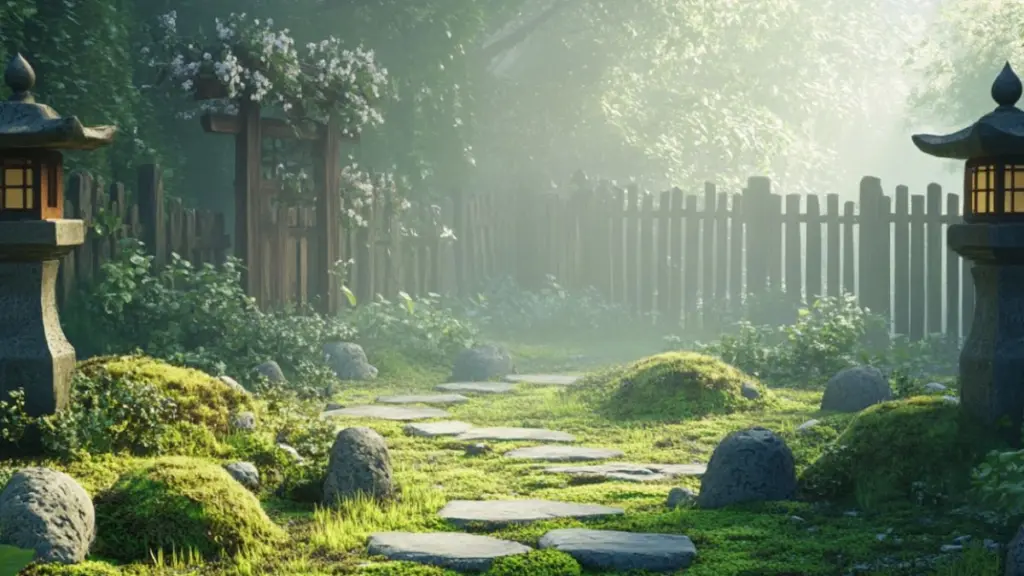
One of Kyoto’s most enduring expressions of culture is its gardens. These spaces are not just designed for beauty—they are meditations in form, texture, and the passage of time. Kyoto’s gardens are influenced by Zen principles, Shinto reverence for nature, and a deep respect for seasonal transitions.
Strolling gardens like those at Heian Shrine offer sweeping landscapes with bridges, ponds, and cherry trees. In contrast, karesansui (dry gardens) like the one at Ryoan-ji emphasize simplicity with carefully placed rocks on raked gravel. Each style offers a unique window into Japanese philosophy and aesthetics.
What sets Kyoto’s gardens apart is their sensory subtlety. You’ll notice the crunch of gravel, the scent of pine, and the sound of a distant water feature—all orchestrated to draw the viewer inward.
Types of Japanese Gardens in Kyoto
| Garden Type | Example Location | Characteristics |
|---|---|---|
| Karesansui (Dry) | Ryoan-ji Temple | Rock and gravel, symbolic simplicity |
| Strolling Garden | Heian Shrine | Ponds, bridges, changing seasonal views |
| Tea Garden | Kodai-ji Temple | Pathways to tea houses, natural materials |
| Moss Garden | Saiho-ji (Moss Temple) | Carpeted in moss, deeply tranquil |
The Art of the Tea Ceremony: Experiencing Japanese Hospitality
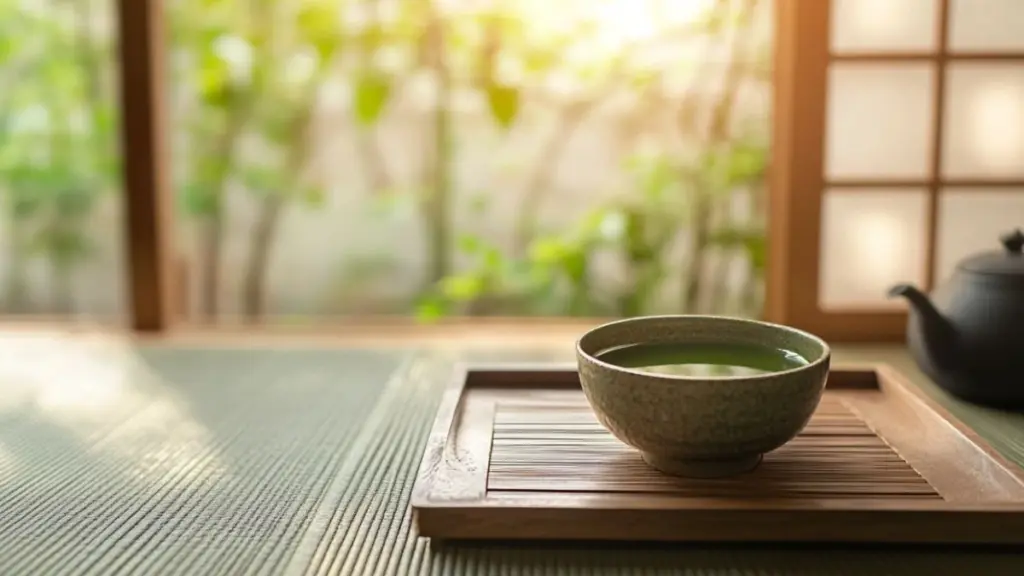
No cultural journey through Kyoto is complete without experiencing a Japanese tea ceremony. Known as chanoyu, this ritual is an art form that encapsulates harmony, respect, purity, and tranquility. In Kyoto, you’ll find numerous tea houses—some centuries old—that continue to uphold this tradition.
A tea ceremony involves more than sipping matcha. It includes the choreographed movements of the host, the design of the utensils, and the ambiance of the room itself. Every detail, from the hanging scroll to the flower arrangement, is curated with intention.
Visitors can attend introductory sessions, often in English, to learn the symbolism and etiquette behind this iconic practice. Some locations, like Camellia Tea Ceremony near Ninenzaka, offer immersive experiences perfect for cultural appreciation.
Essential Elements of a Kyoto Tea Ceremony
| Element | Significance |
|---|---|
| Matcha | Whisked green tea, rich in taste and symbolism |
| Chawan | Handcrafted tea bowl, unique to each session |
| Tatami Room | Traditional setting fostering focus and calm |
| Host Movements | Each gesture reflects mindfulness |
| Wagashi Sweets | Served before tea to balance bitterness |
Craftsmanship in Kyoto: From Kimono Weaving to Pottery

Kyoto is also a center of Japanese craftsmanship. The city’s artisans carry forward centuries-old techniques in textiles, ceramics, lacquerware, and paper making. These crafts are not only functional but deeply embedded in cultural expression.
Nishijin weaving is Kyoto’s most renowned textile art, used in the creation of ornate kimono fabrics. At local workshops, visitors can see the intricate process or even try weaving a small piece. Similarly, Kiyomizu-yaki pottery, with its delicate hand-painted designs, can be explored at studios near Kiyomizu-dera.
These traditional arts offer meaningful souvenirs—and more importantly, a connection to Kyoto’s legacy of handmade beauty.
Traditional Kyoto Crafts to Explore
| Craft | Where to Experience It |
|---|---|
| Nishijin Weaving | Nishijin Textile Center |
| Kiyomizu-yaki | Pottery shops near Kiyomizu Temple |
| Yuzen Dyeing | Workshops in Gion and downtown Kyoto |
| Washi Paper Making | Kamigamo area artisan studios |
| Lacquerware | Specialty shops in Teramachi-dori |
Seasonal Splendor: Kyoto’s Cultural Calendar Through the Year
Kyoto is a city that celebrates the seasons with depth and artistry. Each part of the year brings new festivals, colors, and experiences, reinforcing the Japanese concept of mono no aware—an awareness of the beauty and impermanence of life.
Spring draws visitors for hanami (cherry blossom viewing) in Maruyama Park or along the Philosopher’s Path. Summer heats up with the Gion Matsuri, one of Japan’s largest and most historic festivals. Autumn cloaks the temples in fiery foliage, while winter brings quiet snowfall over shrine rooftops and hot bowls of yudofu (tofu stew) in temple gardens.
Planning your trip around a seasonal highlight ensures you’ll witness Kyoto at its most magical.
Kyoto’s Seasonal Highlights
| Season | Experiences |
|---|---|
| Spring | Cherry blossoms, tea garden blooms |
| Summer | Gion Matsuri, riverside dining on platforms |
| Autumn | Temple foliage, night illuminations |
| Winter | Snow-covered shrines, hot spring escapes |
Conclusion
Exploring Kyoto, Japan is like stepping into a storybook where each page is etched with centuries of tradition and delicate beauty. From temple paths lined with maple leaves to the soothing swirl of matcha in a tea bowl, every experience in Kyoto invites quiet reflection and deep appreciation. This is a city where time slows and the soul stirs—where the past and present coexist not in contrast, but in harmony. Whether you’re discovering Kyoto for the first time or deepening a lasting love for it, your journey through its cultural heart is sure to leave an impression as lasting as the temples themselves.

